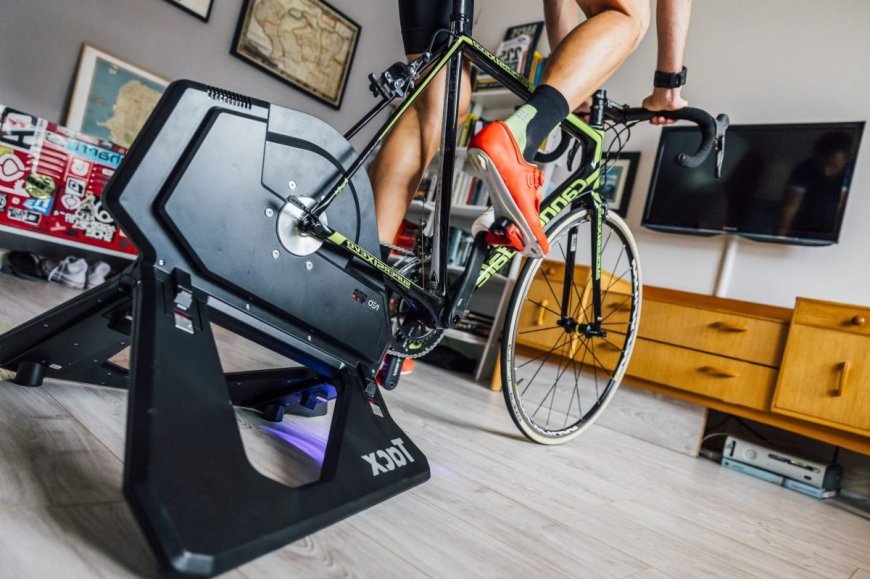Spinning and indoor cycling - what's the difference?
Spinning and indoor cycling are sometimes confused. This is not surprising, because the differences between them - although important

Spinning and indoor cycling are sometimes confused. This is not surprising, because the differences between them - although important - are really subtle. First of all, the resistance level and the effort required are different.
The benefits of cycling are numerous. That is why more and more people choose it as a means of transport, the more so because it generates a lot of joy at the same time.
Sometimes, however, due to the lack of time or the weather, we have to move our activities to internal rooms. To make it easier, in this article we'll lighten the differences between spinning and indoor cycling. See which one is right for you!
What is spinning?
Before we present the features of spinning and indoor cycling, we need to discuss the characteristics of both disciplines in more detail. Let's start with the most popular and most closely related to stationary pedaling.
Spinning comes from the United States, specifically California, where it was created in 1987. At that time, a fan of a stationary bike came up with the idea of ‹‹combining training with music, which was to make this activity more attractive.
He noticed that the presence of music positively translated into motivation for training. Therefore, he called a group of friends to try out the new "invention" together and to do the exercises more dynamically.
Of course, his vision unfolded. It turned out that, depending on the rhythm of the music, the participants œgo faster or slower.
Then, new movements were added to the exercises, such as standing up or sitting down, resting the hand on different parts of the bike or regulating the intensity of exercise depending on the stage or the effects we want to achieve.
Thus, in spinning, strength, speed, long-distance and running, interval and resistance exercises are combined.
A decade later, the originator of spinning designed a special bicycle that enables more harmonious and effective exercises.
Indoor cycling - what is it?
Indoor cycling, as the name suggests, is indoor cycling. This activity is very similar to spinning. It allows you to lose weight and burn calories, improves the work of the heart and lungs, as well as the firmness of the legs.
Anyone can exercise in this way, but this discipline is especially recommended for people who have trained before - participated in bicycle races or practiced cycling in the past, but for some reason they do not do it anymore.
Indoor cycling exercises consist of four phases. The first is a warm-up (8 min). Then it's time for the main part that requires the most effort and combines all types of pedaling (depending on the purpose of the exercise).
Next comes the cool down phase, which lasts about 5 minutes. The final part of the cycle is stretching.
There are four basic ways to pedal and position your hands:
- Flat sitting (basic position),
- Flat, standing (as when climbing),
- Sitting mountain training (increases strength and reduces speed),
- Standing mountain training (like climbing, but with a load).
Spinning and indoor cycling: the differences
At first glance, it may seem that there are no significant discrepancies between spinning and indoor cycling. Admittedly, they are not delicate. Spinning is intended for people who want to combine physical activity and fun, especially as it is recommended regardless of the age of the exercisers.
The idea of ‹‹indoor cycling involves more intense exercise and is recommended for people preparing for a race or wanting to go to the mountains with a bike. Technique, cardiovascular fitness and pedaling speed are important.
While many people think spinning is the "face" of indoor cycling, the reality is that the former can be much more relaxed and even fun. The second one, on the other hand, is more intense and allows you to achieve other goals.
However, both activities have a similar effect on the body of the exerciser, especially shaping the muscles of the legs and buttocks and improving cardiovascular and respiratory efficiency.
In both cases, the classes take place indoors, in a training room, and last about 50 minutes.
The bikes used for both activities are the same, with a straight handlebars, a small seat, and the ability to adjust the weight as needed.
